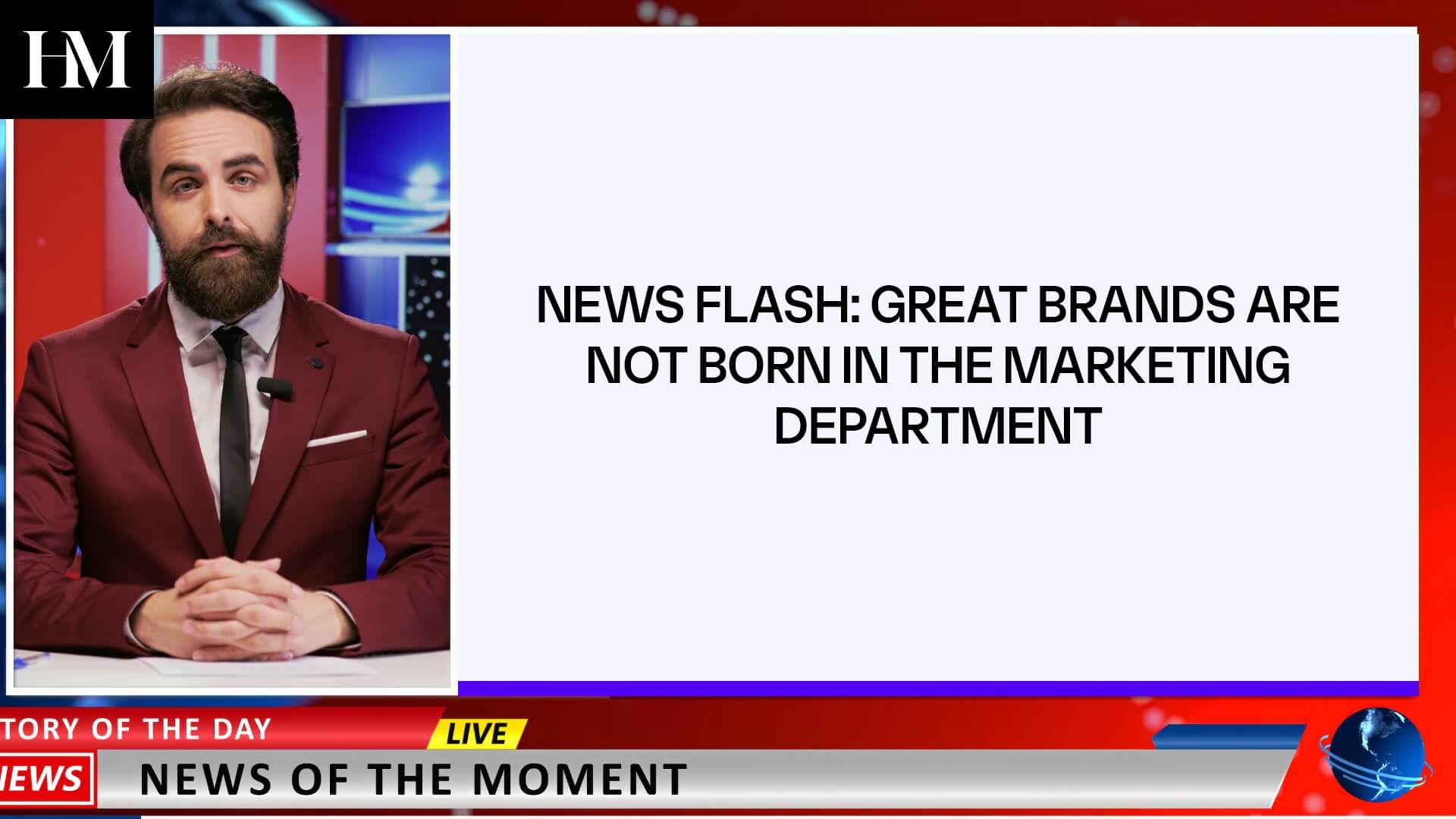We were in a meeting with a client and he told us that their 30-year-old company’s sales were up 38% so far that year. As we talked about the incredible trajectory they were on, he pointed out two things that have contributed to the rise in trust – and as a result, sales – for the brand:
- They improved the quality of the product by individually testing each and every one before it left the premises. (Translation: Less problems and product failures led to happier customers – and just as important, happier dealers.)
- They made a concerted effort to take better care of the customer AFTER the sale with speedier parts delivery to dealers and improved responsiveness to customer questions and complaints.
And that discussion immediately reminded me of this popular quote:
“First we will be the best, then we will be first.”
Many in business too often forget that building a valuable brand doesn’t really start with a logo, tagline, beautiful photography, slick websites, or clever advertising. In fact, the birthing of a trusted brand doesn’t generally start in the marketing department at all. Oftentimes, it starts in engineering. Or in customer experience planning. Or even with dealer loyalty programs. It starts by being the best at something, and ultimately becoming a leading brand because of it.
Market analyst, Ali Dibadj, was on CNBC, commenting on the direction P&G was going and whether or not the company should break up its brands. Charmin, Luvs, Downy, Bounty, and Cascade are just a few of P&G’s many brands, and the breakup would be an effort to maximize shareholder value. Many are skeptical that the breakup would add value, but Dibadj contended that:
“Consumers just aren’t loyal to brands as much anymore. Purex works just as well as Tide and it’s half the price!”
I’d argue that consumers may not be loyal to some of the P&G brands anymore, but it’s not necessarily because consumers have changed. It’s because the brands have lost their leadership edge. As they were mimicked and copied, they failed to continually and relevantly differentiate.
Take retail in general. Retail brand after retail brand is closing stores right and left. It was announced that Sears and Kmart are closing 43 stores. J.C. Penney – 138 stores. Macy’s – 68 stores. Payless ShoeSource – 512 stores. Radio Shack – 1,000 stores. And while the list goes on, the point isn’t that “consumers just aren’t buying so stores are closing.” The point is that consumer shopping preferences were changing, and these brands failed to recognize it and adapt. For example, had someone else in retail leadership seen the future and power of the Internet the way Amazon’s Jeff Bezos did, perhaps THEY would have created the best shopping experience on the web… and ended up with the same bucket of money that Bezos now has.
And it doesn’t always take leading edge technology or product innovations to be the best. Case-in-point: Chick-fil-A.
This brand continues to confound the market as it seemingly competes with one arm tied behind its back year after year (closed on Sundays), yet consistently reports the highest per-square-foot retail sales among ALL fast food joints. Incredible! And what’s their edge? Where are they the best? I’d submit that it’s not necessarily the food or the stores themselves but simply the way they treat the customer. Yes, a brand can be best at being nice. And it can pay off BIG TIME. Just ask the cows at Chick-fil-A.
So what does this mean for your brand? Well, if you’re not already the best at something, ask yourself where you COULD be. List out the options. Discuss them with your leadership team. Then create a plan to relentlessly focus on your difference, but keeping your eyes on the horizon so you don’t get caught down the road being irrelevant. And someday, you just may be first.
